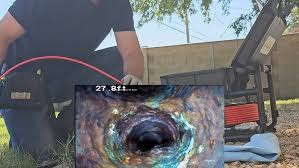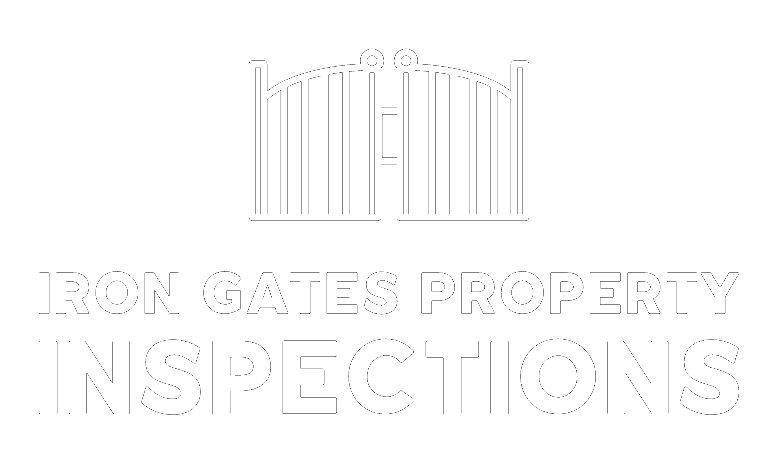Cast Iron Plumbing
Cast iron plumbing was most popular in the U.S. from the early 19th century through the mid-20th century, particularly from the 1930s onward as indoor plumbing became more common. It gradually declined in popularity with the rise of plastic pipes like PVC in the 1970s. 
Despite its initial durability, it is prone to several issues as it ages, primarily stemming from corrosion. This process, where iron reacts with water and oxygen, weakens the pipes over time, leading to a cascade of problems.
durability, it is prone to several issues as it ages, primarily stemming from corrosion. This process, where iron reacts with water and oxygen, weakens the pipes over time, leading to a cascade of problems.
The most significant concern is corrosion, which occurs from the inside out. This internal rusting not only compromises the structural integrity of the pipes but also reduces their internal diameter, leading to clogged and slow drains as debris adheres to the rough, corroded surfaces. Ultimately, this can result in severe sewer backups, creating unsanitary conditions and potential health hazards within a home.
Signs of bad cast iron plumbing include leaks, foul odors, slow or clogged drains, and discoloration of water. Other indicators include mold growth, sewage backups, and even pest infestations due to cracked or damaged pipes. If you notice these issues, it’s wise to have your plumbing inspected by a professional.
To assess the condition of cast iron sewer pipes using a sewer scope, a professional uses a specialized camera attached to a flexible cable to inspect the interior of the pipes. This allows for visual identification of issues like corrosion, cracks, blockages, and root intrusion. If problems are found, a plumber can use the inspection report to determine the appropriate course of action, such as repair or replacement
Buying a house with cast iron pipes can be a reasonable decision if you’re aware of the potential issues and take necessary precautions. Don’t let cast iron pipes automatically deter you, but do your due diligence to understand the condition of the plumbing system and plan for potential repairs or replacements.


